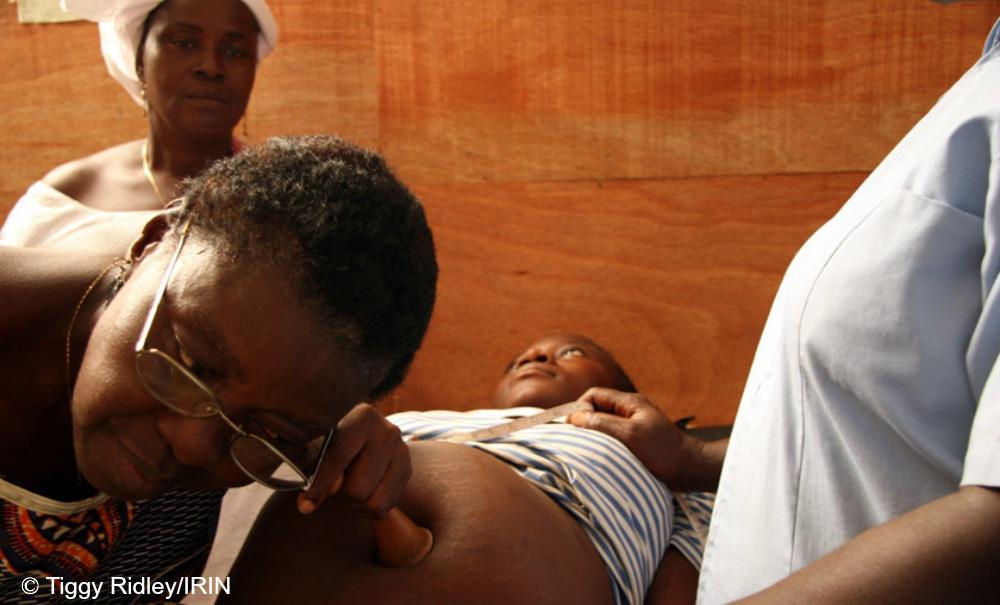World Health Organisation calls for treatment for all


Released yesterday, new WHO guidelines recommend that people living with HIV be started on antiretrovirals (ARVs) as soon as possible after being diagnosed. Currently, many people living with the virus globally, and those in South Africa, must wait until their CD4 counts – a measure of the immune system’s strength – fall to 500 to start treatment.
According to the WHO, the move to early treatment – or what some have dubbed the “test and treat” model – is backed by the latest research.
Recently, several clinical trials that have shown that early access to ARVs keeps HIV-positive people alive and healthier, while also reducing the risk of transmitting the virus to partners.
In May, a 4,685-person randomised clinical trial conducted in 35 countries became the first such study of its kind to show that HIV-positive people who started ARVs early reduced their risk of serious medical problems such as liver disease and AIDS-defining cancers by about 60 percent.
The new WHO guidelines also call for people at high risk for HIV to be offered ARVs to prevent infection, also known as pre-exposure prophylaxis (PrEP). This follows 2014 calls from the global body to provide HIV-negative men who have sex with men with ARVs after studies showed ARVs could reduce the risk of contracting HIV by as much as 92 percent.
With men who have sex with men at a higher risk for HIV, a recent Human Sciences Research Council study found HIV prevalence rates as high as 48 percent among men who had sex with men in Durban.
Guidelines come as an early surprise
[quote float= right]South Africa is considering the test and treat strategy and, in principle, we will be moving towards test and treat”
Many, including South Africa’s own National Department of Health Deputy Director General Yogan Pillay, South Africa Yogan Pillay, had anticipated that the WHO would issue the groundbreaking call in December.
Globally, many countries including South Africa take a cue from the WHO when drafting their own guidelines. New WHO guidelines do not mean that South Africa will automatically adopt the test and treat model, but it may be an added push for the country, which has already begun to mull the move over.
“South Africa is considering the test and treat strategy and, in principle, we will be moving towards test and treat,” said CEO of the South African HIV non-profit the Right to Care Dr Ian Sanne. “The idea is that we would require less laboratory monitoring (of CD4 counts)… there would be an overall simplification of the programme to being more people onto treatment quickly.”
Sanne added that ARVs remain one of the best options for HIV prevention.
“ARVs have proven to be the only intervention that really reduces HIV transmission,” he told Health-e News. “(They) are still better than any other prevention intervention undertaken, this include microbicides, and they are better than condom use.”
Speaking at a Mpumalanga Provincial AIDS Council meeting Tuesday, South African National AIDS Council HIV Counselling and Testing Advisor Rev Zwoitwaho Nevhutalu called for the country to rethink HIV testing in the run up to adopting the test and treat model. Nevhutalu also advocated that the Department of Health consider promoting HIV self-testing to increase HIV diagnoses.
If the WHO’s recommendations are implemented in South Africa, it would mean about three million more South Africans would be eligible for ARVs. If the world adopted test and treat, an additional nine million people would be started on the life-saving medication. – Health-e News.
Additional reporting by Cynthia Maseko.
An edited version of this also appeared in The Star newspaper.
Author
Republish this article
This work is licensed under a Creative Commons Attribution-NoDerivatives 4.0 International License.
Unless otherwise noted, you can republish our articles for free under a Creative Commons license. Here’s what you need to know:
You have to credit Health-e News. In the byline, we prefer “Author Name, Publication.” At the top of the text of your story, include a line that reads: “This story was originally published by Health-e News.” You must link the word “Health-e News” to the original URL of the story.
You must include all of the links from our story, including our newsletter sign up link.
If you use canonical metadata, please use the Health-e News URL. For more information about canonical metadata, click here.
You can’t edit our material, except to reflect relative changes in time, location and editorial style. (For example, “yesterday” can be changed to “last week”)
You have no rights to sell, license, syndicate, or otherwise represent yourself as the authorized owner of our material to any third parties. This means that you cannot actively publish or submit our work for syndication to third party platforms or apps like Apple News or Google News. Health-e News understands that publishers cannot fully control when certain third parties automatically summarise or crawl content from publishers’ own sites.
You can’t republish our material wholesale, or automatically; you need to select stories to be republished individually.
If you share republished stories on social media, we’d appreciate being tagged in your posts. You can find us on Twitter @HealthENews, Instagram @healthenews, and Facebook Health-e News Service.
You can grab HTML code for our stories easily. Click on the Creative Commons logo on our stories. You’ll find it with the other share buttons.
If you have any other questions, contact info@health-e.org.za.
World Health Organisation calls for treatment for all
by lauralopez, Health-e News
October 1, 2015



